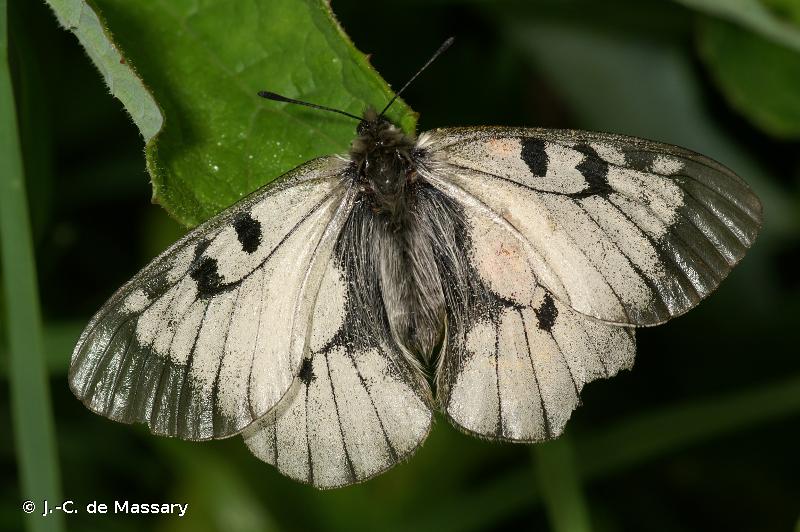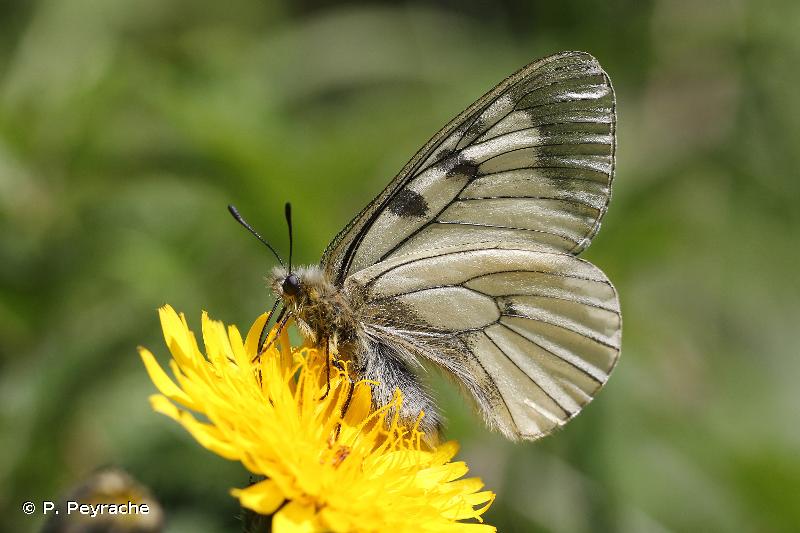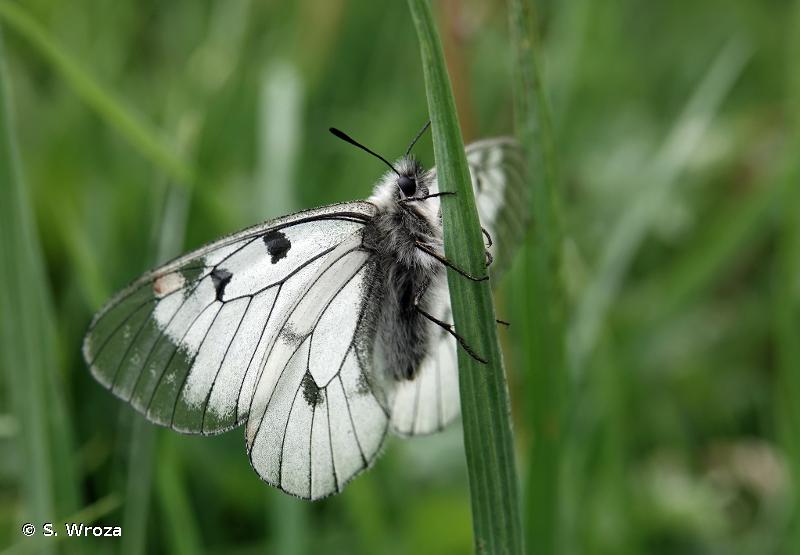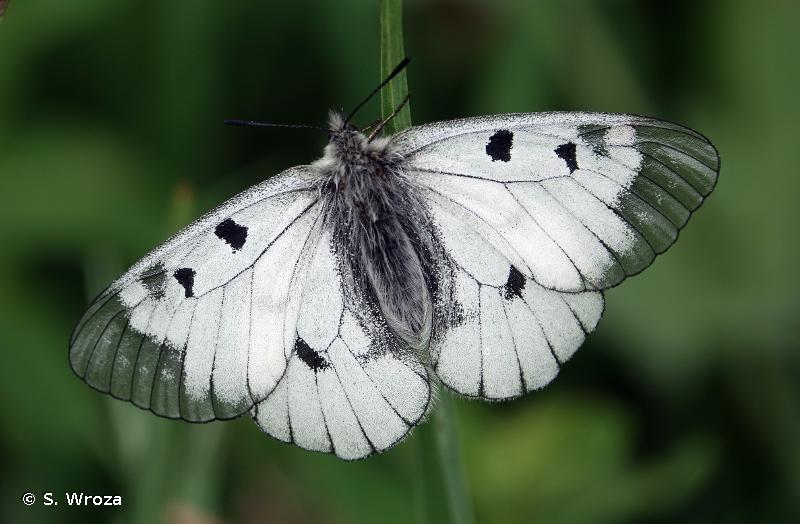
cd_nom

| Author : P. Peyrache |
 |
To get the picture, please visit:
pascaldgp@yahoo.fr
Any reuse of one or more photographs on this site is subject to an authorization request from the author.
Link to the Code of Intellectual Property (Legifrance)

| Author : P. Peyrache |
 |
To get the picture, please visit:
pascaldgp@yahoo.fr
Any reuse of one or more photographs on this site is subject to an authorization request from the author.
Link to the Code of Intellectual Property (Legifrance)

| Author : J.-C. de Massary |
 |
To get the picture, please visit:
Massary (de)Jean-Christophe
25 rue des Sorbiers
60510 LA NEUVILLE EN HEZ
Despite the Creative Commons license, please inform the author of the use which will be made of his photo

| Author : P. Peyrache |
 |
To get the picture, please visit:
pascaldgp@yahoo.fr
Any reuse of one or more photographs on this site is subject to an authorization request from the author.
Link to the Code of Intellectual Property (Legifrance)

| Author : P. Peyrache |
 |
To get the picture, please visit:
pascaldgp@yahoo.fr
Any reuse of one or more photographs on this site is subject to an authorization request from the author.
Link to the Code of Intellectual Property (Legifrance)

| Author : S. Wroza |
 |
Despite the Creative Commons license, please inform the author of the use which will be made of his photo

| Author : S. Wroza |
 |
Despite the Creative Commons license, please inform the author of the use which will be made of his photo
Taille/poids :
Longueur de l'aile antérieure : 25-32 mm.
Diagnose :
Couleur de fond de l'aile blanche avec la partie apicale des ailes antérieures hyaline. La cellule de l'aile antérieure comporte deux taches noires. Le bord interne basal de l'aile postérieure est noire, une tache noire est présente à l'apex de la cellule.
Détermination :
L'adulte est simple à reconnaître.
Espèces proches :
L'espèce peut être confondue avec des exemplaires du Gazé (Aporia crataegi (Linnaeus, 1758)) très défraichis.
Période d'observation :
Les adultes peuvent être observés de mai à août.
Biologie-ethologie :
Les adultes sont très floricoles. L'accouplement est généralement très long, de 2 à 3 heures. Les œufs sont déposés isolément sur divers substrats dans les zones où pousse au printemps la plante hôte. Le stade œuf passe l'hiver. Au printemps suivant, la jeune chenille recherche sa plante nourricière.La métamorphose se fait dans un cocon de soie sous les feuilles ou sous une pierre.
Biogéographique et écologie :
L'espèce est présente des Pyrénées jusqu'en Asie centrale en passant par le centre et le nord de l'Europe. C'est une espèce montagnarde que l'on rencontre entre 900 et 2800 m. Les adultes affectionnent toutes les formations herbacées riches en fleurs comme les mégaphorbiaies ou les prairies de fauche montagnardes. Les plantes hôtes sont des Corydales, principalement Corydalis solida (L.), C. cava (L.) et C. intermedia (L.). Ces plantes sont nitrophiles et caractéristiques de sous-bois.
D'après :
Chinery, M. & Leraut, P. 1998. Photo-guide des Papillons d'Europe. Les photo-guides du naturaliste. Delachaux et Niestlé, 679 pp.P. Dupont(UMS 2006 Patrimoine Naturel (AFB / CNRS / MNHN)),2016
Continental
Metropolitan France
Overseas
Marine
Metropolitan France
Overseas
The map presents a summary at the 10 x 10 km grid of the observation data for the species transmitted to the SINP. These data have been subjected to validation filters.
The map presents a reference distribution layer of the species at the scale of departments and marine sectors. The presence and absence data were established by expertise within a network of partners. This reference distribution is used in the validation process of the SINP data at the INPN level.
Corresponds to a report on the basis of at least one observation proved within a period of 10 years (20 years for little-known invertebrates) preceding the year and no presumption of extinction since obtaining the last data nor doubt on reproductive and implemented nature of this population. For migratory species, the presence indicated concerns areas of reproduction.
This status is based on one or more of the following criteria:
This point covers the absence, more difficult by nature to demonstrate than presence. This status is based on one or more of the following criteria:
This status must be assigned to a department in which the presence of the species is casual.
Particular case of absence due to a proven extinction less than a half century ago (older disappearances are treated as "no probable or definite").
In the state of knowledge, we can not comment on the presence or absence in the current department. This is the default status when not comprised in one of the previous categories or whenever there is doubt.
The map shows the global distribution of the species based on GBIF data (Global Biodiversity Information Facility).
